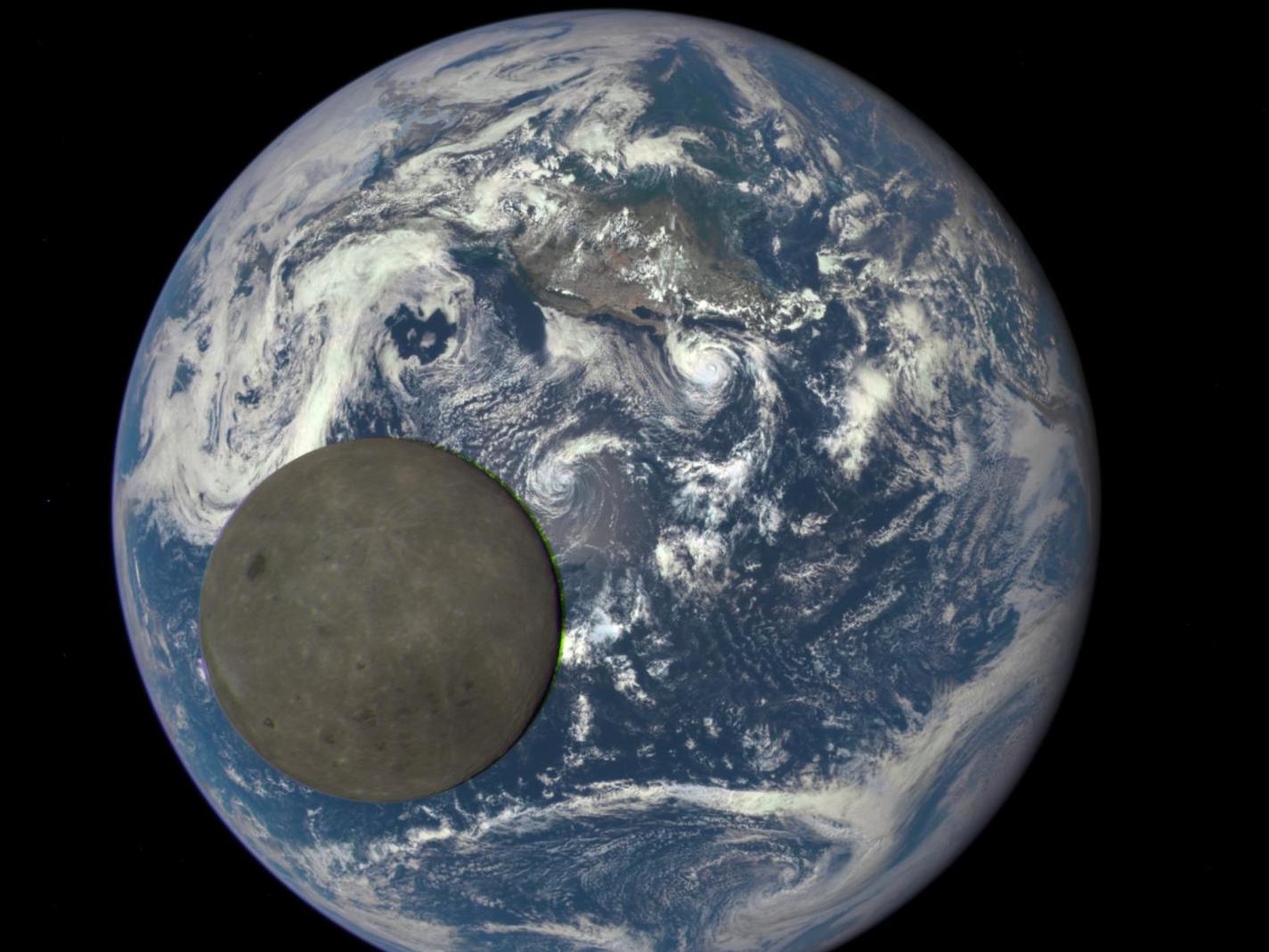Scientists shine light on bizarre formation of the far side of the moon
Uneven distribution of unstable elements after huge interplanetary collision believed to have caused unique scenario affecting moon’s hemispheres

Why is the far side of the moon so different from its familiar Earth-facing side? It is a question which has puzzled scientists since the late 1950s and 1960s, when unmanned space probes photographed the moon’s further reaches for the first time.
They revealed the far side of the moon to be a rugged landscape pockmarked with craters, lacking in the large “maria” or seas on the Earth-facing side of the satellite.
While 30 per cent of the side of the moon we see from Earth is covered with large maria, they make up just 1 per cent of surface on the far side.
Subscribe to Independent Premium to bookmark this article
Want to bookmark your favourite articles and stories to read or reference later? Start your Independent Premium subscription today.
Join our commenting forum
Join thought-provoking conversations, follow other Independent readers and see their replies